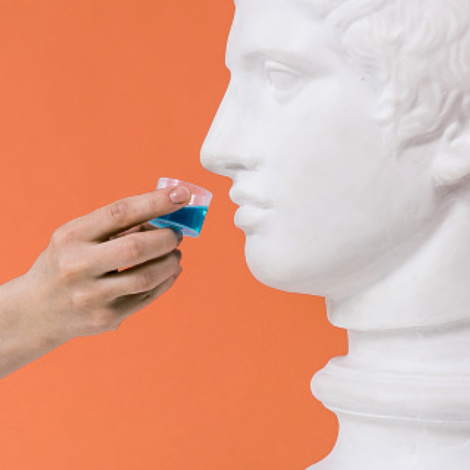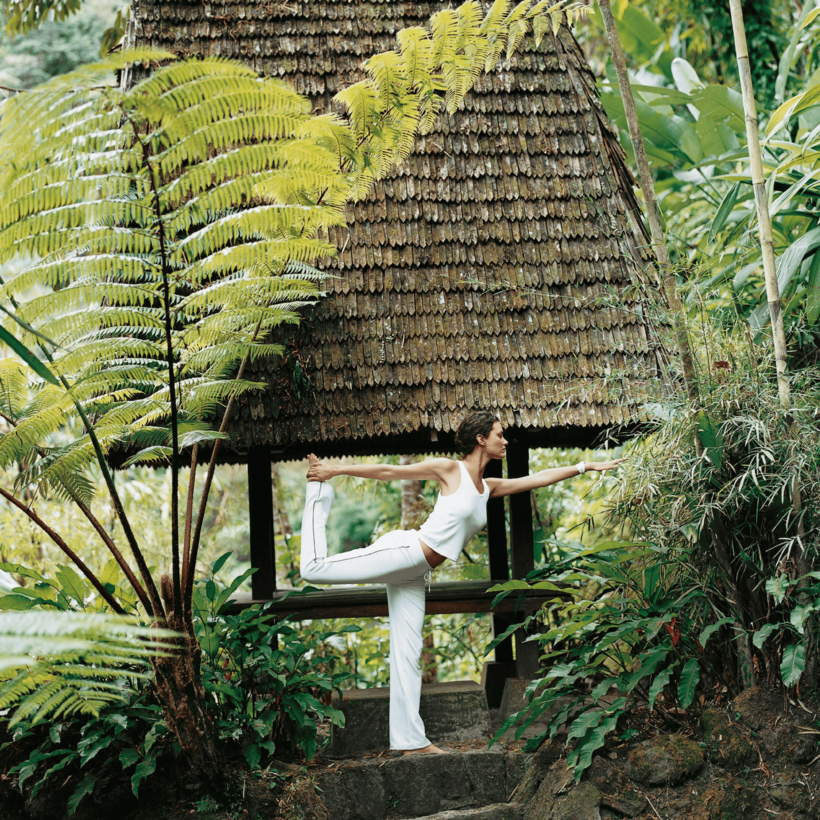When I had three kids under five, I got so sucked into the cult of SoulCycle that I named my account Spinagogue. When the cute laugh lines of my 30s morphed into Freddy Krueger–clawed gashes in my 40s, I embraced any radio frequency, muscle electrocution, peel, or pore shrinker my dermis and wallet could withstand. And in the throes of global political chaos, climate meltdowns, and walls closing in on women’s rights, I am that bitch who sometimes lights a pricey candle to have what The Daily Show calls my Moment of Zen.
Amy Larocca’s new book, How to Be Well: Navigating Our Self-Care Epidemic, One Dubious Cure at a Time, is like a fun-house mirror held up to my Gen X soul, the booming wellness industry, and the countless cogs in the $5.6 trillion holistic machine.
The author spent 20 years as the fashion director at New York magazine, creating editorials with “real people,” trotting the globe to runway shows, attending the most glamorous parties, and interviewing household-name designers and actors. No wonder she became a world-class observer.
Larocca has a Ph.D. in people-watching and female longing. Her book is expertly researched—she delved into the origins of yoga fads, steeped herself in Harvard studies, and hopped onto a colonic table. But rather than just offering a fascinating history of wellness, she has written a searing portrait of over-the-top well women in search of meaning.
We all know those people who clutch their bottles filled with crystal-charged water. The bone-broth sippers, the meditation gurus, the breath-work believers. Larocca explores the movement from organized religion to fitness devotion, and the way it becomes, for many people, a community, their church of mental and physical well-being.
Larocca’s book gave me an understanding of how an obscure and fringe concept—mommy mushroom-tripping, Left Coast Erewhon smoothies, Tribeca models screaming and crying during Taryn Toomey’s the Class—travels awkwardly and then comfortably into the mainstream. She describes juice cleanses as “a crash diet with the stink of vanity erased and the perfume of virtue in its place.” About my formerly beloved spinning habit, she equates its rituals to a sort of religion. “The front row … is a place of status and recognition, much like a prominent pew in a local church.” Still, she learned to value the instructors’ “reminders toward compassion and forgiveness, toward kindness, to experience the release of movement without being berated about the inadequacies of my shape.”
It’s a sociological study of the die-hard believers, who embrace astrology, crystals, and meditation, and the guerilla skeptics (me!) who question it all. As the last person on the planet to see Hamilton, and avoider of all Instagram restaurants, I still find myself sucked into the occasional fitness craze (SoulCycle) and health promise (the Kegel Throne). Now I know why. Larocca mixes a healthy dose of curiosity with humor and adds a dash of cayenne-pepper cynicism that together make sense of this constant urge for clean, pristine goodness.
Jill Kargman is the author of Sprinkle Glitter on My Grave and Sometimes I Feel Like a Nut. She also created and starred in the Peacock series Odd Mom Out





